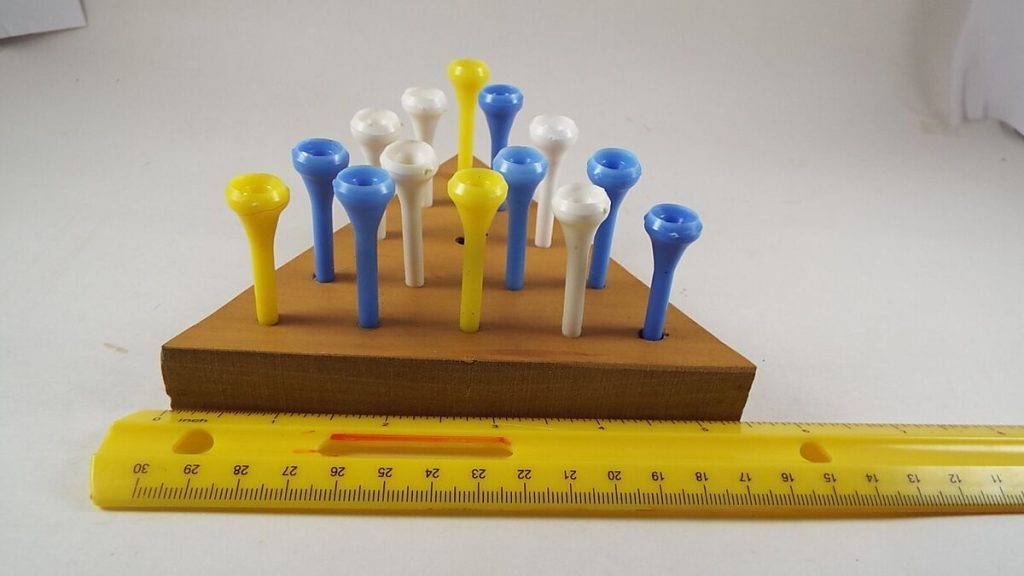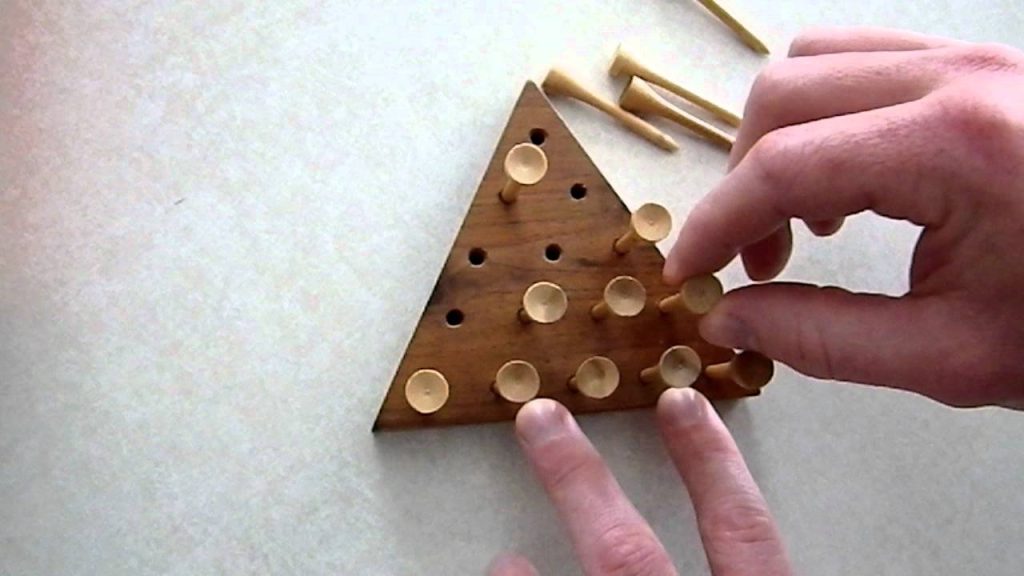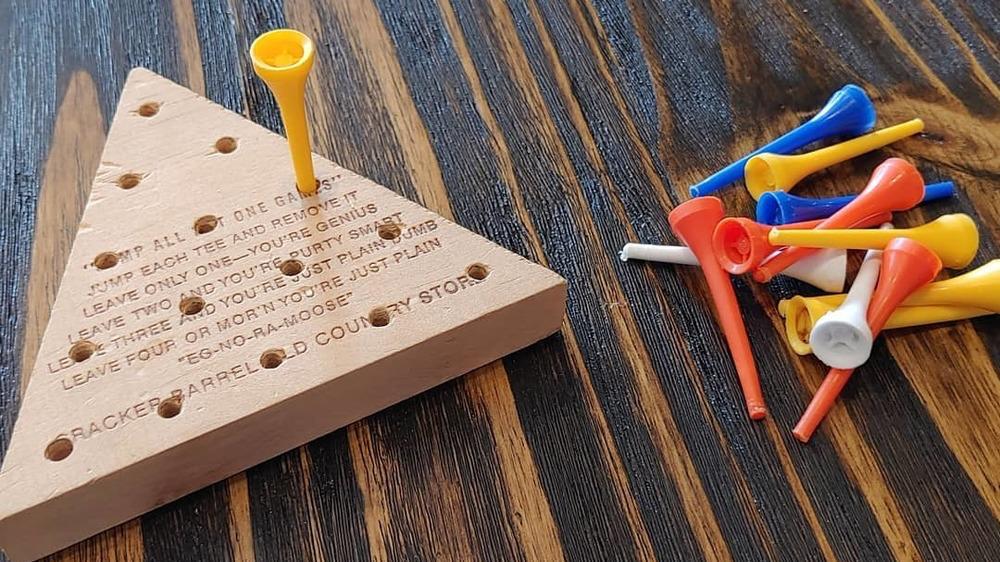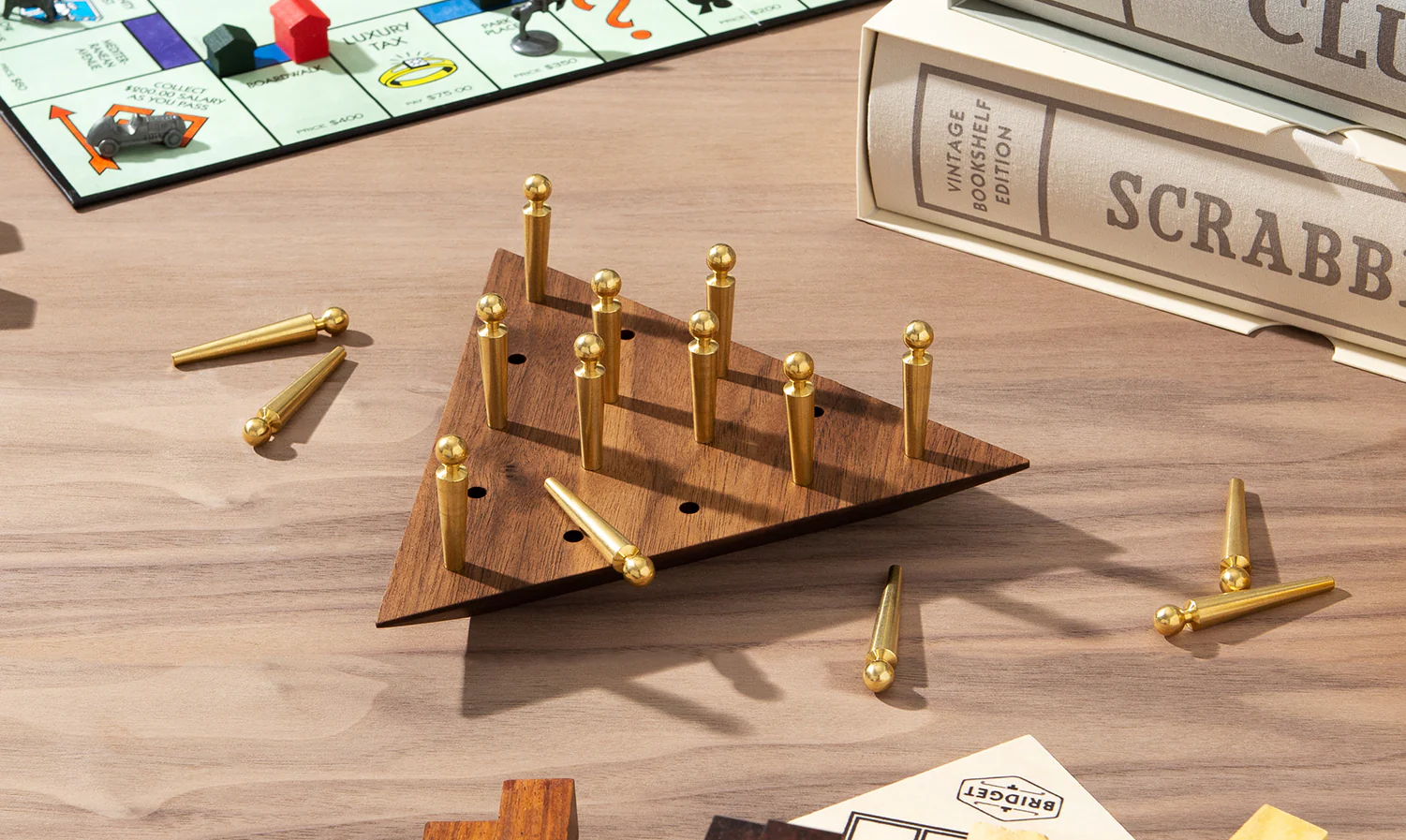Introduction
The Cracker Barrel peg puzzle game is a nostalgic and iconic part of the American roadside dining experience. Nestled at every table in Cracker Barrel Old Country Store restaurants, this triangular wooden puzzle, complete with 15 holes and 14 pegs, has challenged the minds and patience of countless diners across generations. Often referred to as the “peg game,” its deceptively simple appearance masks the complexity beneath. In this blog post, we’ll dive deep into the history of the Cracker Barrel puzzle game, explore how it works, and most importantly, provide a detailed and understandable solution to mastering it—ensuring that you can finally walk away with the coveted “genius” title.
The History Behind The Cracker Barrel Peg Puzzle

The triangular peg puzzle game didn’t originate at Cracker Barrel, but the restaurant chain certainly popularized it. The game is derived from a type of traditional logic puzzle known as “peg solitaire,” which has European origins dating back to the late 1600s. The earliest known version was created by a French aristocrat during the reign of Louis XIV. However, the American version that sits at Cracker Barrel tables was adapted into a simpler format, using a triangle instead of a cross-shaped board, making it more approachable and suitable for quick plays during a meal.
Cracker Barrel introduced the game as part of its rustic charm and hospitality, giving guests something to pass the time while waiting for their meals. Over time, the puzzle game became a cultural symbol for road trippers and families, often sparking light-hearted competition at the table. With its low cost and high engagement, the triangle peg puzzle continues to be one of the most recognizable features of a Cracker Barrel dining experience.
Understanding The Rules And Objective Of The Game
Before diving into the solution, it’s important to understand how the Cracker Barrel puzzle game is played. The triangle board contains 15 holes arranged in a pyramid shape, and 14 of these holes are filled with pegs at the start. One hole is left empty. The goal is to eliminate pegs by jumping over them with an adjacent peg, similar to how pieces are jumped in checkers. Each jump must be made in a straight line—either vertically or diagonally—and each jumped peg is removed from the board.
The game continues until no more valid moves are available. The ultimate goal is to finish with only one peg left on the board, ideally landing in the center position. Achieving this feat is no small accomplishment and earns players the status of “genius” according to the printed scorecard that often accompanies the game.
The Psychology Behind Puzzle Solving
The enduring appeal of the Cracker Barrel puzzle game can be attributed not only to its simplicity but also to its stimulation of cognitive functions. Puzzle solving, especially logic-based games like this one, engages the brain’s problem-solving centers, boosts memory, and even improves mood by triggering the release of dopamine when a solution is achieved.
From a psychological perspective, puzzles like this tap into pattern recognition and spatial reasoning, both critical functions of the brain’s executive processing centers. When a player engages with the peg game, they are subconsciously applying logical deduction, trial-and-error testing, and predictive analysis—all of which are rewarding mental exercises.
Why Is It So Difficult To Solve?

What makes the Cracker Barrel puzzle game so frustrating yet addictive is the narrow window for error. Unlike many games where players can undo mistakes or have second chances, each move in the peg game permanently alters the board’s configuration. One wrong move early on can doom the rest of your game, forcing a reset. Many players have attempted the game dozens of times without ever coming close to a one-peg victory.
Another element of difficulty lies in visualizing the endgame. The most successful strategies often involve planning several moves ahead, much like chess. But for casual players enjoying their biscuits and gravy, deep strategic planning may not be top of mind. This is why knowing a tried-and-true solution can be so satisfying—it takes the guesswork out and replaces frustration with mastery.
Alternative Winning Strategies And Variations
There is more than one way to solve the Cracker Barrel puzzle. Many enthusiasts and puzzle solvers have developed alternate sequences that also lead to a one-peg solution. The primary requirement is thoughtful planning and ensuring that each move creates opportunities for future jumps. Some variations involve starting with the empty hole in different positions, which changes the solution path significantly.
In fact, mathematicians have studied the puzzle extensively. It has been proven through computer simulations that, starting with one hole empty, there are over 6,000 unique sequences that lead to a single remaining peg. However, only a small subset of those are practical for humans to memorize and execute during a casual meal. If you want to experiment with alternate solutions, many online simulators allow you to reset the board and test out different strategies.
How To Teach The Game To Kids?
One of the joys of the Cracker Barrel peg game is its intergenerational appeal. Children and adults alike can appreciate the challenge. Teaching the puzzle to kids can be both fun and educational. Begin by explaining the rules clearly, and help them understand how pegs jump and how removed pegs cannot return. Encourage them to think several moves ahead and explain the concept of eliminating pegs to make space for future jumps.
Using trial and error as a teaching method can also be beneficial. Letting kids make mistakes helps them learn how the board changes and what patterns to avoid. Once they grasp the mechanics, you can slowly introduce the step-by-step solution or let them try solving it on their own for a while before showing them the answer.
The Puzzle As A Symbol Of Roadside Americana
Beyond being a game, the Cracker Barrel puzzle symbolizes a broader aspect of Americana. It represents a slower, more thoughtful era when families would gather at local diners and engage with one another without the interference of phones and digital screens. The peg game invites face-to-face interaction, laughter, and shared problem-solving—things that are increasingly rare in our fast-paced, technology-driven world.
For some travelers, mastering the puzzle becomes a mini-ritual during long road trips, a way to mark visits to Cracker Barrel stops along the highway. For others, it’s a comfort object—a reminder of family traditions and the simple pleasures of good food and mental challenge. Whatever the reason, this little wooden triangle has a big cultural footprint.
Collectible Versions And Gifts

Due to its popularity, the Cracker Barrel puzzle has been reproduced in various formats. From miniature keychain versions to deluxe wooden sets, it’s a popular gift item for puzzle lovers and nostalgic travelers. Some versions even include multiple puzzles or double-sided boards with increased difficulty levels.
You can purchase your own peg game in Cracker Barrel’s retail store or online. Owning one lets you practice at home and impress your friends with your problem-solving prowess. It also makes a great gift for children, grandparents, or anyone who appreciates old-fashioned brain games.
Conclusion
What begins as a simple game on a restaurant table can quickly become a source of curiosity and obsession. The Cracker Barrel puzzle game is a brilliant example of how a compact, inexpensive object can offer deep satisfaction through strategy and skill. Once you understand the solution and mechanics, it stops being frustrating and becomes a joyful challenge to share with others.
By mastering the Cracker Barrel puzzle, you’re not just solving a game—you’re engaging with a piece of American culture, stimulating your brain, and maybe even creating a memory that lasts longer than the meal itself. So the next time you’re seated at a Cracker Barrel table, don’t just play. Solve it. Be the genius.

